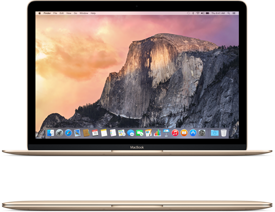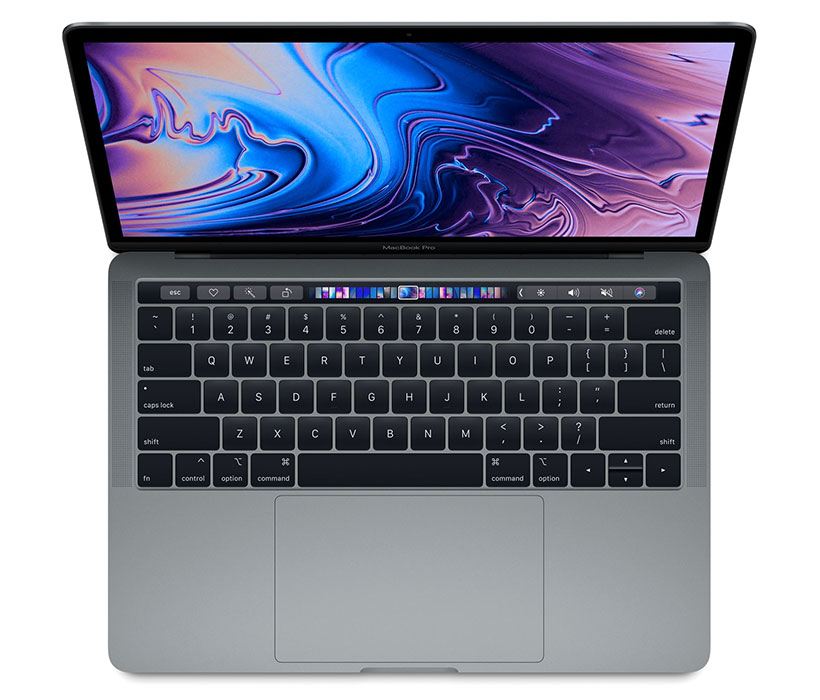

Years ago, Apple got rid of our beloved MagSafe charging connector, opting instead to take up one of the few Thunderbolt ports for charging. The starting price is over 50 percent higher, and even a fully-loaded 13-inch model barely costs more than the starting price of the 14-inch model. The first thing you’ll notice is the staggering price difference between the year-old 13-inch MacBook Pro with M1 and the new 14-inch and 16-inch models.

We’ll discuss some of the more salient differences point-by-point, but first here are all the most important specs at a glance.Ĩ- or 10-core (2 efficiency, 6 or 8 performance)ġ4- or 16-core (M1 Pro), 24- or 32-core (M1 Max)ġ6-core (M1 Pro), 24- or 32-core (M1 Max)Ģ560 x1 600, 500 nits, P3 wide color, True Toneģ024 x 1964, 1,000 nits HDR (1,600 peak), P3 wide color, True Tone, 120Hz ProMotionģ456 x 2234, 1,000 nits HDR (1,600 peak), P3 wide color, True Tone, 120Hz ProMotionģ Thunderbolt 4 ports, HDMI 2.0, SDXC card slot So if you’re having trouble deciding which one to get, here’s how they compare.
#MACBOOK 12 INCH WEIGHT KG FULL#
They’re full of great new features like a ProMotion HDR display and the return of beloved features like HDMI output and MagSafe that make the 13-inch model seem downright antiquated. Apple now sells three MacBook Pro models: A 13-inch model with the M1 processor, a 14-inch model with either the M1 Pro or M1 Max, and a 16-inch model with either the M1 Pro or M1 Max.Įven though the new M1 Pro and M1 Max processors seem rather incredible, these new laptops are about more than just a killer new processor. The two-year transition to Apple Silicon is moving along well.

With the introduction of all-new 14-inch and 16-inch MacBook Pro models, Apple has officially moved every laptop it sells away from Intel processors.


 0 kommentar(er)
0 kommentar(er)
